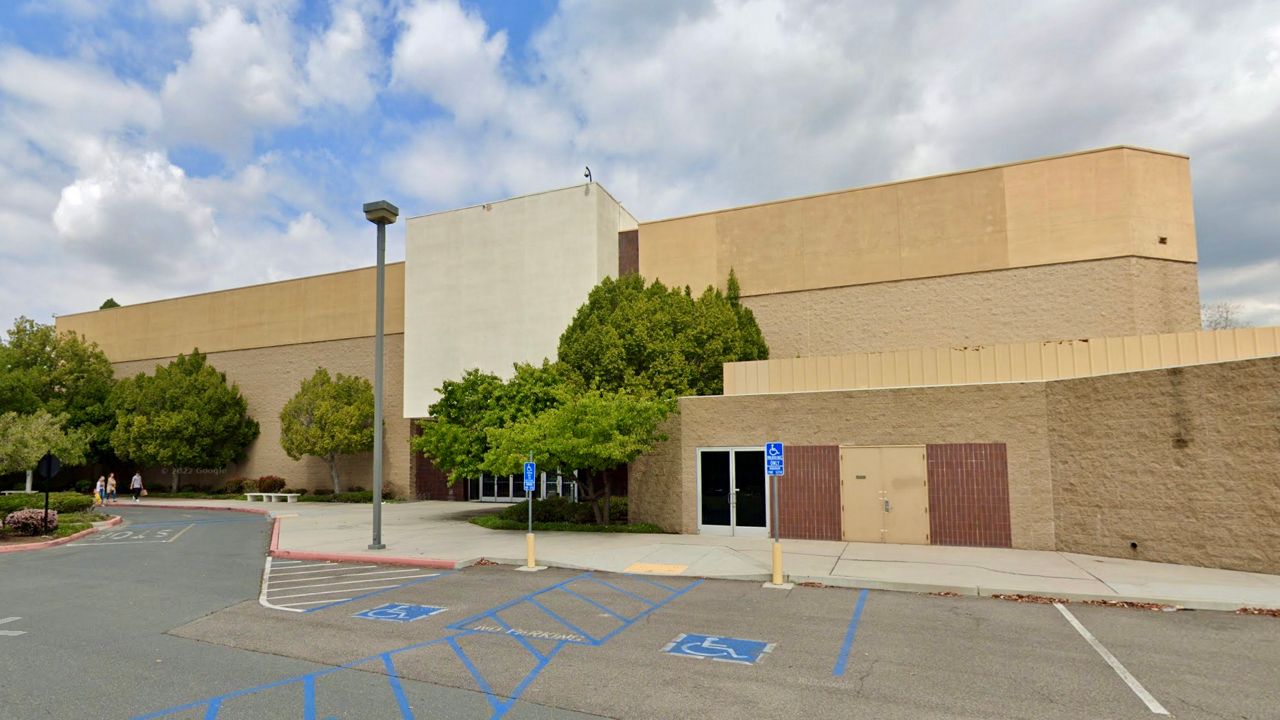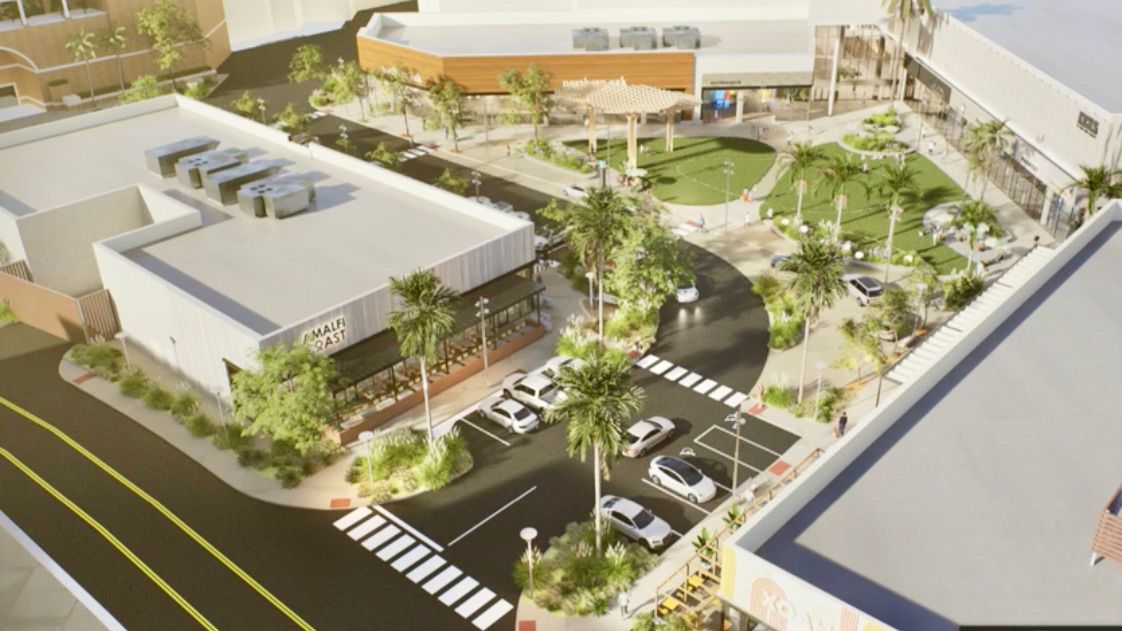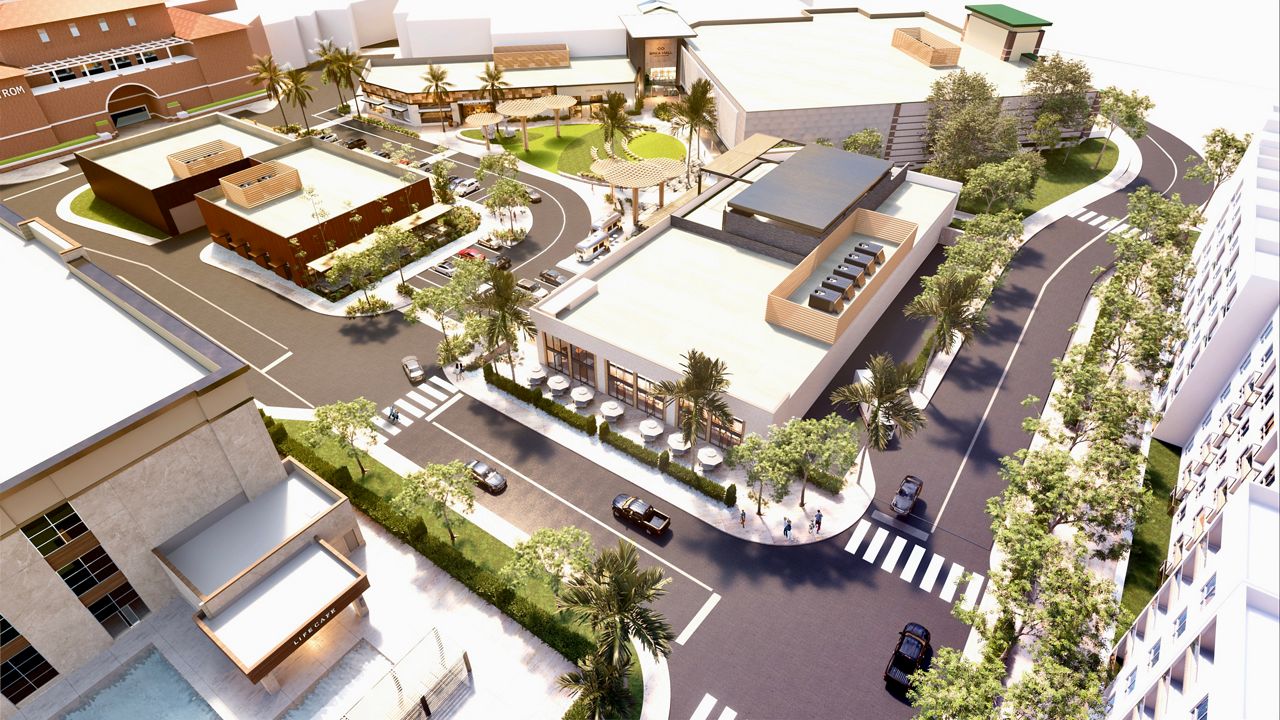BREA, Calif. — The Brea City Council approved Simon Property Group's plan to demolish the former Sears building and build an apartment, fitness center, and outdoor gathering areas adjacent to one of the city's primary economic engines.
On Tuesday, the five-member city council unanimously rubber-stamped the 15.5-acre project on the Brea Mall's 74-acre footprint. However, some council members expressed disappointment in the number of apartment units reserved for affordable housing.
"It's really important for us to consider that Simon is coming in and making a large reinvestment in this property and keeping it relevant," said Council member Christine Marick. "This is a property that's important to both the city but also to Simon."

Simon Property, which has owned the 46-year-old mall since 1998, is proposing to demolish the 162,000-square-foot shuttered Sears building and adjacent parking lot to build a 15.5-acre mixed-use development consisting of five new commercial buildings for retail and restaurants, a five-story 380-unit market rate with some affordable housing apartment on top of a three-story parking structure, a two-story fitness center, and two outdoor gathering spaces - a plaza and a central green area.
The site will have 593 parking spaces for residents and 292 more for the mall.
A Simon Property official said that Life Time Fitness, a so-called athletic country club, will be the tenant for the two-story, 90,000-square-foot fitness center.
Upon approval, Simon plans to start the project as soon as possible, with the first residents moving in 2025 or 2026.
"This is a re-imagination of the first department store in the mall," said Jocelyn Gubler, vice president of development at Simon Property. Sears served as one of the mall's original anchor stores when it opened in 1977. The brick-and-mortar store at Brea Mall closed in 2018 when the store went under.
Few people spoke during the public hearing, and most supported the project.
Simon Property's redevelopment plan at Brea Mall is part of a much larger trend of mall operators adding housing, entertainment, experiential retail, and community gathering spots to lure consumers back to their brick-and-mortar stores.
With many people stuck at home due to pandemic-related stay-at-home orders and working from home, e-commerce shopping surged during the coronavirus pandemic.
The ease of shopping online and having items, whether food or clothing, delivered straight to a person's home continues today.

With less foot traffic and increased e-commerce competition, some malls are becoming obsolete and need to stay relevant. Since many cities face pressure from the state to build more housing, some malls have stepped in to help fill that void.
Super regional malls in Orange County, like Westminster, Buena Park, Laguna Hills, and Santa Ana, have incorporated housing into their mall mixed-use redevelopment plans.
"Changes in consumer preferences have prompted some owners to reinvigorate their malls through redevelopment," wrote Saul Lua, a research analyst at JLL. "With high demand for housing and hybrid work, it may be in mall owners' best interests to include residential units and office space in their centers. ... The retail environment is constantly changing, and mall owners must adapt."
Although most of Brea's city council members were supportive of Simon Property Group's plan, some expressed disappointment in the low number of affordable housing reserved for the 380-unit apartment.
According to the city, 23 units are reserved for those who earn 65% and 15 units up to 120% of the area median income.
Council member Steven Vargas wants Simon Property to add more affordable housing units for lower-income individuals.
"I would like to see that push," said Vargas. "I was disappointed when I saw it was 38 units that were [for] moderate [income households] because Simon's a $3.2 billion company. That's the only way that I could prevent or reduce traffic is to keep workers local so that they could live there potentially. I'm interested in more affordable housing."
City staff said they would work with Simon to add more low-income affordable housing.
Still, Brea Councilman Blair Stewart called the project a "step in the right direction."
"I think it's a great opportunity for the city to grow in a positive direction, whether it's housing, revenue, commercial availability," said Stewart. "I think it checks a lot of boxes. It's not perfect, but it checks a lot of boxes."



